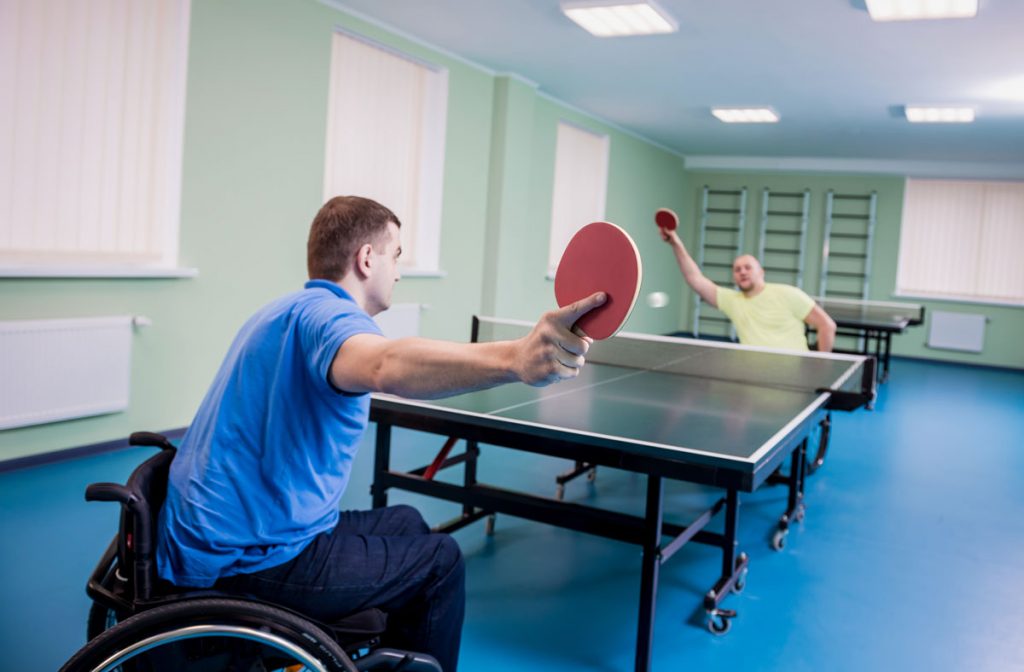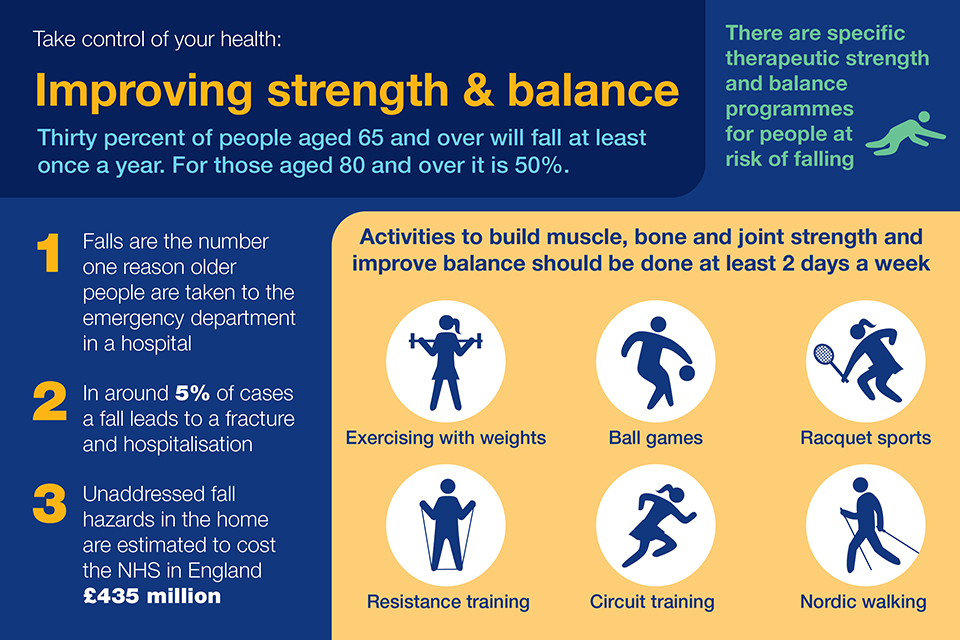The smart Trick of Dementia Fall Risk That Nobody is Discussing
Table of ContentsTop Guidelines Of Dementia Fall RiskExamine This Report on Dementia Fall RiskAll About Dementia Fall RiskThe Buzz on Dementia Fall RiskThe Basic Principles Of Dementia Fall Risk
You may be nervous due to the fact that you've had a loss before or because you have actually noticed you're beginning to feel unstable on your feet. You might have observed changes to your wellness, or just seem like you're reducing a little. Whatever the factor, it isn't unusual to come to be cautious and shed confidence, and this can quit you doing things you utilized to do and make you really feel much more separated.If you have actually had a fall or you've begun to feel unsteady, inform your doctor also if you really feel fine or else. Your medical professional can inspect your equilibrium and the way you walk to see if renovations can be made. They may be able to refer you for a drops threat evaluation or to the drops avoidance service.
This info can be gotten through interviews with the person, their caretakers, and a review of their medical documents. Begin by asking the specific about their history of drops, consisting of the regularity and situations of any type of current drops. Dementia Fall Risk. Inquire about any type of flexibility problems they may experience, such as unsteady or problem strolling
Conduct a comprehensive evaluation of the person's drugs, paying certain attention to those known to enhance the danger of falls, such as sedatives or medicines that reduced blood stress. Determine if they are taking multiple medications or if there have been recent modifications in their medicine program. Examine the person's home setting for possible threats that can raise the threat of drops, such as inadequate lights, loosened carpets, or absence of grab bars in the shower room.
Excitement About Dementia Fall Risk
Guide the individual via the loss danger analysis form, explaining each inquiry and taping their actions accurately. Ensure that the specific comprehends the purpose of the analysis and really feels comfortable giving sincere answers. Compute the overall risk rating based on the feedbacks supplied in the assessment kind. Identify the person's danger category (reduced, medium, or high) based upon the total rating and the presence of automated high-risk condition elements.
Consistently keep track of the person's development and reassess their threat of falls as needed. Supply recurring education and learning and assistance to advertise security and minimize the danger of drops in their day-to-day living tasks.
Numerous studies have shown that physical treatment can aid to lower the danger of dropping in grownups ages 65 and older. In a brand-new study (that checked out drops risk in women ages 80 and older), researchers calculated the economic effect of selecting physical treatment to prevent drops, and they found that doing so conserves $2,144, including all the hidden prices of your time, discomfort, missed life events, and the bucks spent for services.
The Dementia Fall Risk Statements
Examining your heart rate and blood pressure dimensions at rest and while you alter settings (from resting or lying to standing). An easy test of your reasoning (cognitive) abilities. Analyzing your equilibrium, stamina, and strolling capability. A basic vision test. Evaluating your feet and shoes. A home safety and security evaluation. Based upon the examination results, your physical specialist look at here will make a plan that is tailored to your specific demands.
Older adults who have problem strolling and speaking at the very same time go to a higher threat of falling. Dementia Fall Risk. To help increase your safety and security during everyday tasks, your physical therapist may design a training program that will certainly challenge you to maintain standing and walking while you do an additional task. Examples include strolling or standing while counting backwards, having a discussion, or carrying a bag of groceries
Your physical specialist also can recognize which activities you ought to stay clear of to remain risk-free. Community-based drops avoidance programs aid individuals to: Minimize their worry of falling. Set objectives for increasing their physical task. Make their homes safer. Exercise a lot more to increase their stamina and balance. These programs usually are led by volunteer coaches.
Dementia Fall Risk Fundamentals Explained

Measles, or rubeola, is an extremely transmittable, severe viral transmittable condition brought on by the measles infection. Some individuals websites think of measles as just a breakout and high temperature that clears in a couple of days; however, measles can cause significant wellness issues, specifically in children more youthful than 5-years-old. The best defense against measles is the measles, mumps, and rubella (MMR) vaccination.
Autumns are an usual source of injury among older grownups. According to the CDC, in one year alone, fall-related injuries contributed to over $50 billion in medical expenses (Dementia Fall Risk). In medical facility settings, older grownups are at especially high risk of drops due to the fact that their minimized flexibility from being constrained to an area or bed.
See This Report about Dementia Fall Risk

She has a clinical history of seizure condition and high blood pressure. She is receiving an IV infusion and taking Gabapentin and Lasix. She has no background of falls, her gait is consistent, and she invalidates with no problems. The previous nurse states that she asks for assistance to the restroom when she requires to go.
Instances of common fall interventions/measures include: Making sure a person's important products are accessible. Placing the person's bed rails up with the alarm system on. Assisting a patient while they're standing up from bed. Beyond comprehending exactly how to utilize the Johns Hopkins Loss Threat Analysis Device, it is very important that centers incorporate its usage right into an extra comprehensive fall avoidance strategy.